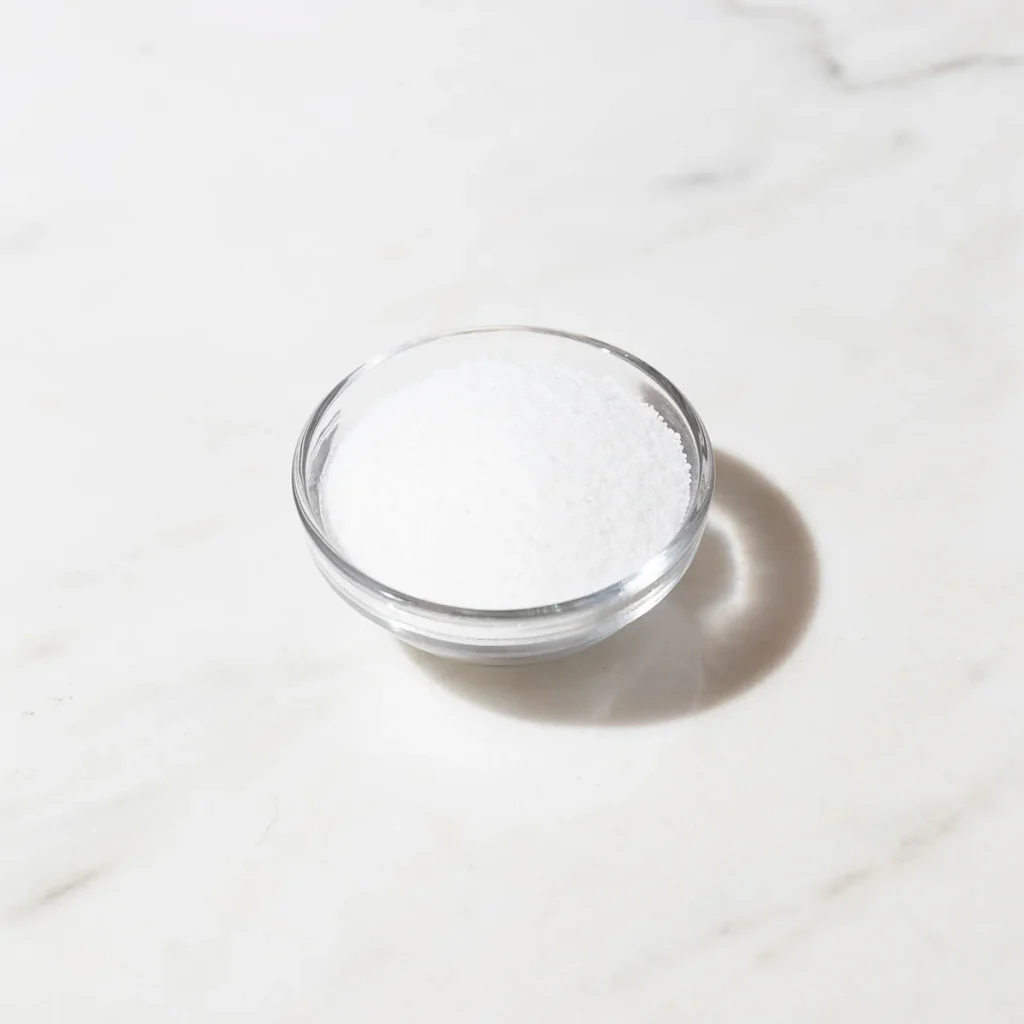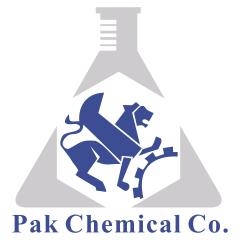Stearic acid is a saturated fatty acid widely used in various industries, including food, pharmaceuticals, cosmetics, and plastics. This compound, derived from both plant and animal sources, possesses unique physical and chemical properties that make it an essential raw material in the production of numerous products. However, a common question regarding this substance is whether stearic acid is dangerous. In this article, we will examine its safety, properties, applications, and usage precautions.
What is Stearic Acid?
Stearic acid (C18H36O2) is a saturated fatty acid that appears as a white or cream-colored solid at room temperature. It is found in both animal and plant fats and is typically extracted through the hydrolysis of triglycerides. Due to its stabilizing, emulsifying, and softening properties, stearic acid is a key component in various industrial formulations.
Stearic Acid Safety Review
1. Toxicity and Physiological Effects
It is generally considered safe and is widely used in everyday products. Compared to other fatty acids, it has low toxicity and does not pose a significant health risk when consumed in moderate amounts. However, excessive consumption in the diet may cause digestive issues such as bloating, indigestion, and diarrhea. Some studies suggest that high intake of saturated fats like stearic acid may contribute to increased cholesterol levels and long-term cardiovascular issues.
2. Inhalation and Contact Hazards
- Skin Contact: Generally non-irritating, but prolonged exposure may lead to dryness and skin irritation in some individuals. It is advisable to wear protective gloves when handling this substance to prevent potential skin sensitivity.
- Eye Contact: Fine particles of stearic acid can cause eye irritation, redness, and discomfort. If contact occurs, the eyes should be rinsed thoroughly with water. If irritation persists, medical attention should be sought.
- Inhalation: Inhaling stearic acid powder may irritate the respiratory system, particularly in high concentrations. Sensitive individuals may experience symptoms such as coughing, sneezing, and breathing difficulties. In industrial environments, wearing protective masks is recommended.
3. Environmental Impact
It is biodegradable and breaks down quickly in the environment, posing minimal ecological risks. However, improper disposal, especially in large quantities, may lead to environmental issues. Excessive release of this substance into water sources can disrupt ecological balance and cause pollution.
Applications of Stearic Acid
1. In the Cosmetics and Personal Care Industry
It is a crucial ingredient in the production of soaps, creams, lotions, and other cosmetic products. It acts as a softening and emulsifying agent, enhancing product stability. Additionally, it is used in the formulation of lipsticks, moisturizers, and hair care products.
2. In the Pharmaceutical Industry
In pharmaceuticals, stearic acid serves as a stabilizing and lubricating agent in the manufacturing of tablets and capsules. It helps improve the swallowability of medications and enhances their stability. Some drugs feature stearic acid coatings to control the release rate of active ingredients in the body.
3. In the Food Industry
Stearic acid is used in food products as an anti-caking agent and stabilizer. It is recognized as a safe food additive and is commonly found in chocolate, chewing gum, margarine, and snacks to improve texture and prevent sticking.
4. In the Plastics and Rubber Industry
It acts as a lubricant and thermal stabilizer in the production of plastics and rubber materials. It enhances mechanical properties and extends product lifespan. Additionally, it is used in candle making, industrial lubricants, metal protective coatings, and certain adhesives.
Safety Precautions and Proper Use
- Use of Protective Equipment: When handling stearic acid powder or solutions on an industrial scale, gloves, masks, and safety goggles are recommended to prevent skin irritation and respiratory issues.
- Proper Storage: Should be stored in a dry, cool environment away from ignition sources. At high temperatures, it may break down into other compounds, releasing vapors that could be hazardous in high concentrations.
- Keep Out of Children’s Reach: Products containing it should be stored safely to prevent accidental exposure.
- Avoid Overconsumption: In the food industry, it should be used according to established safety standards to prevent health risks.
- Controlled Industrial Use: Proper monitoring of concentration levels and adherence to safety protocols are essential in workplaces where it is used.
Conclusion
Stearic acid is a widely used and safe compound in various industries. Under normal conditions, it does not pose significant health risks, but as with any chemical substance, following safety precautions is crucial. Industries use it to enhance product quality and stability while ensuring safe handling and application. Awareness of its potential effects on health and the environment helps ensure its safe utilization. By understanding the properties and proper use of stearic acid, one can maximize its benefits while minimizing potential risks.

Read more:
